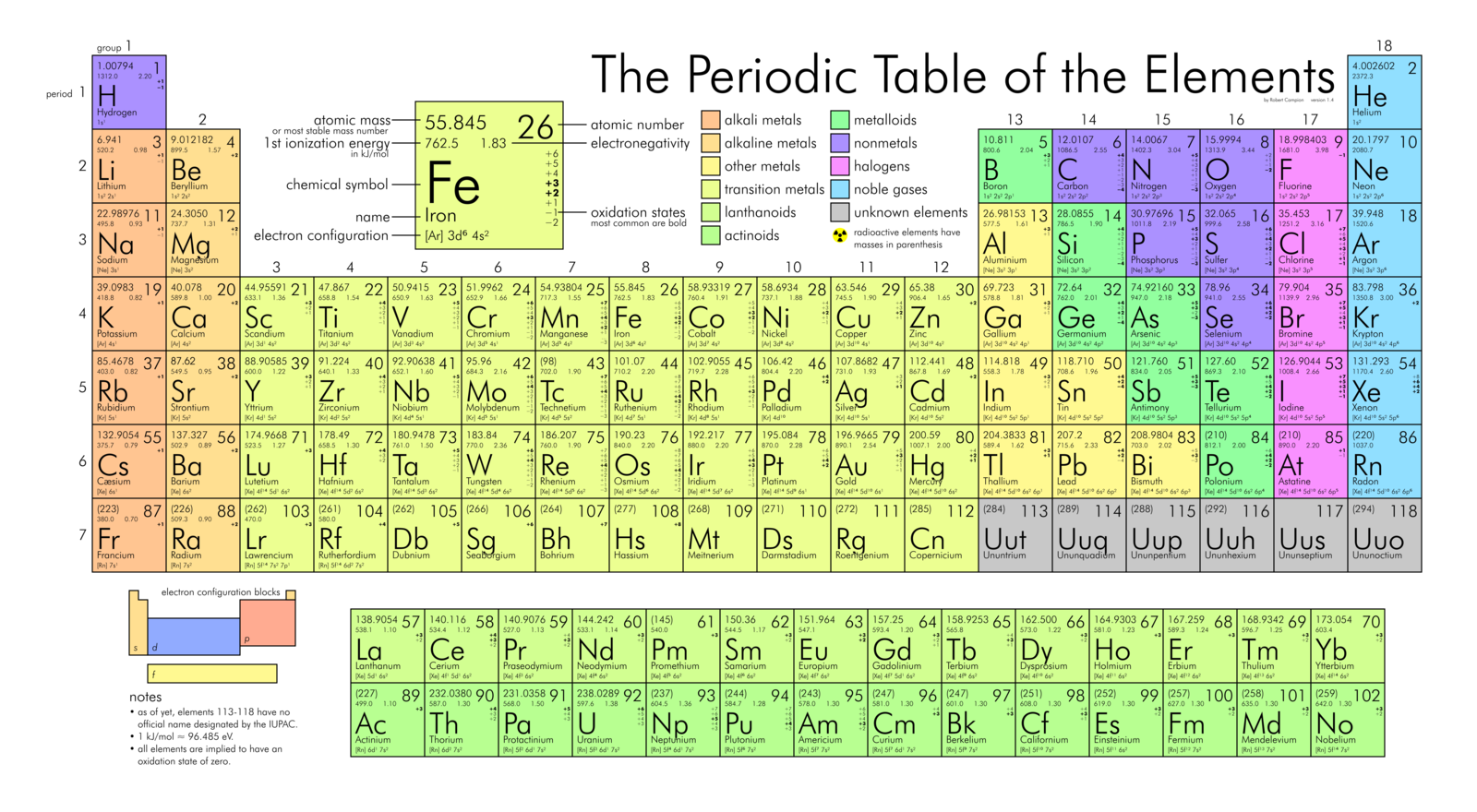History of the periodic table
Learn more about the history of the periodic table and the people who contributed to the periodic table we know today using this resource.
The periodic table contains all the elements that we know exist in the universe. It classifies elements into categories and makes predictions about elements that have not yet been found by humans. Let's take a look at some key milestones that led to it coming to its current form.
Long before the periodic table, the term "elements" referred to earth, air, water, and fire. At the time of ancient Greek philosophy (5th century BCE), the understanding of the chemical elements was represented by the alchemical table. This also ordered elements and substances and their corresponding symbols.
As more elements were discovered and a modern understanding of chemistry emerged, some components were removed from the table and others were added. Hennig Brand is the first person credited with discovering a modern element, phosphorus. Brand was an alchemist searching for the philosopher's stone. He distilled many substances including human urine, from which he obtained pure phosphorus.
Many consider Antoine Lavoisier the father of modern chemistry. His work was groundbreaking and instrumental to the current understanding of chemistry. Lavoisier discovered oxygen and hydrogen, and correctly explained the role of oxygen in combustion. He also predicted the existence of silicon. Many people built on the work of Lavoisier, contributing to the periodic table and its elements.
In 1869, a Russian scientist named Dmitri Mendeleev organised the elements into the table structure we know today. He arranged the elements by atomic mass, starting with the lightest elements. By grouping elements into columns, he was able to correctly predict elements that had not yet been discovered. Mendeleev also knew that the proposed atomic masses of some elements were incorrect, and used his periodic table to correctly predict the actual masses.
Grouping the elements by atomic mass also led to Mendeleev discovering the periodic law. This law states that by grouping elements by atomic mass, we see trends in their properties. Periodic law has since been used to reliably predict the properties of elements.

History of the periodic table
Learn more about the history of the periodic table and the people who contributed to the periodic table we know today using this resource.
Interactive periodic table
Explore the interactive periodic table developed by the Royal Society of Chemistry (RSC) to learn the history of each element.